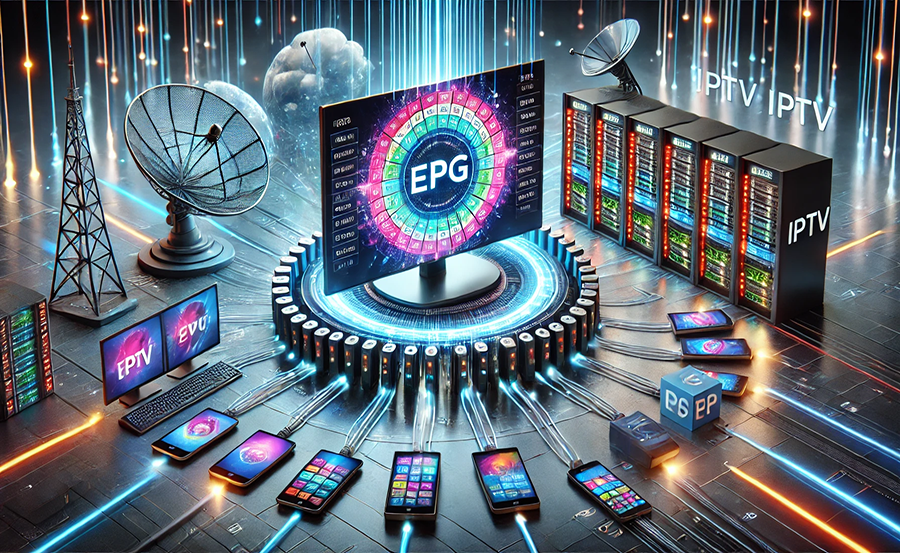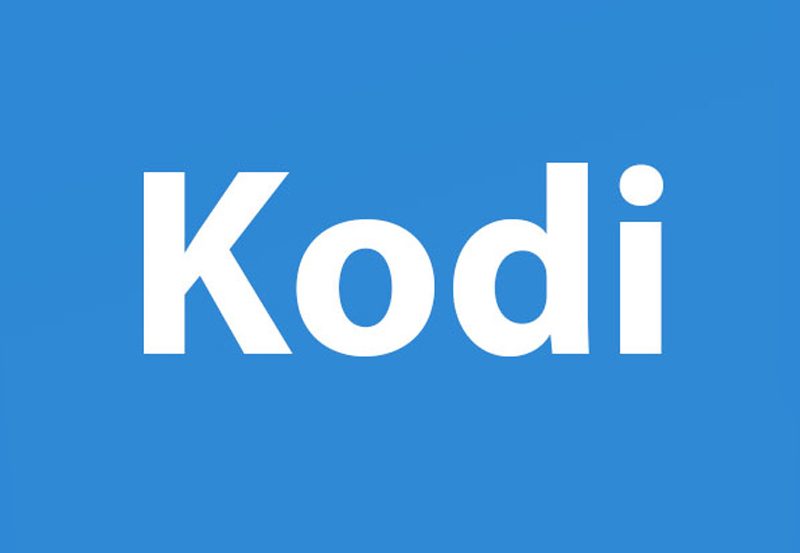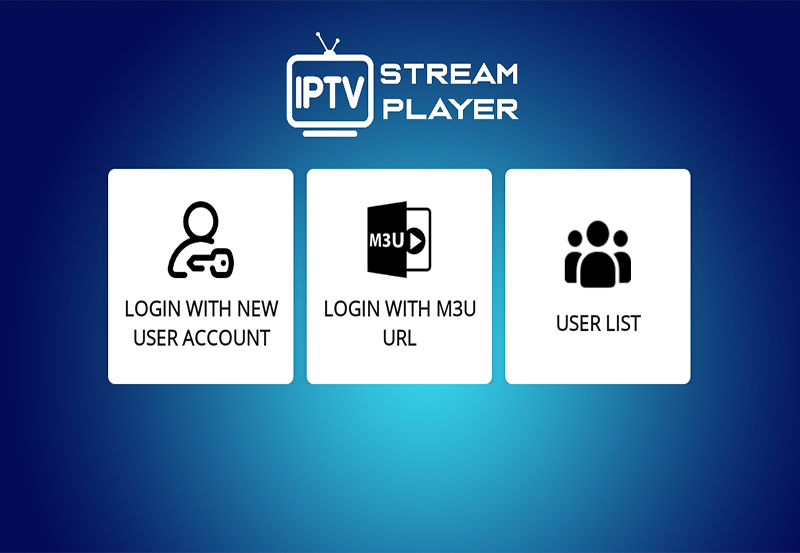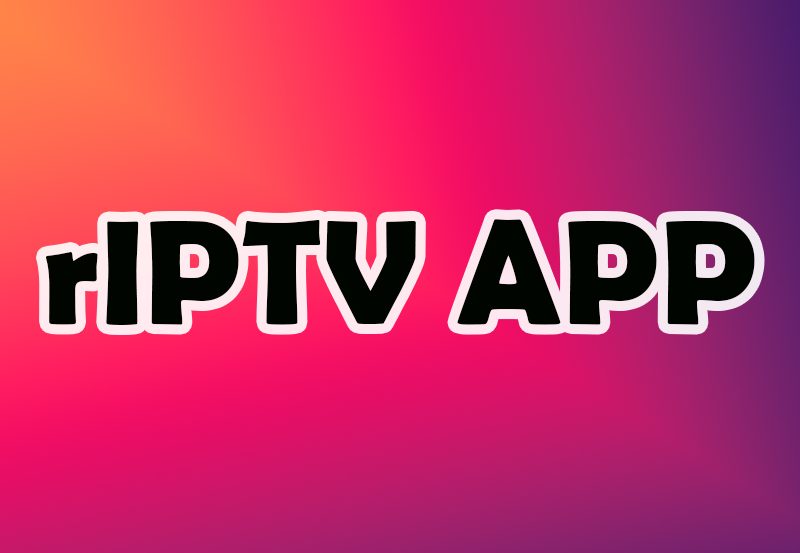With the digital age upon us, staying up-to-date with television content has never been more accessible. But how exactly do we manage this influx of data? Enter the Electronic Program Guide (EPG). Understanding how EPG works might sound complex, but fear not—this guide’s purpose is to demystify it all. By translating jargon into layman’s terms, we’ll help you get a clear picture of EPG, ensuring your IPTV experience is optimized.
The Basics of EPG: What You Need to Know
What is an Electronic Program Guide?
At its core, an Electronic Program Guide is a digital guide providing users with broadcast scheduling information. Whether we’re talking about IPTV or traditional cable services, EPG is the heart of how you, the user, navigate through programming. It’s your go-to for finding what’s on, when it’s playing, and other details crucial for planning your viewing experience.
Often, it resembles a scheduling calendar accessible via your TV’s interface or your IPTV service provider’s app. It’s not just about knowing times and channels—EPGs have evolved to provide detailed descriptions, cast information, and even genre classification, aiming to enrich your viewing selection process.
The Technical Backbone
From a technical standpoint, EPG data is transmitted by broadcasters in the form of metadata accompanying digital broadcasts. This metadata provides all necessary programming information, displayed in the familiar guide format. Simultaneously, IPTV services source this metadata through an internet connection, which promises up-to-the-minute accuracy that’s crucial for a valid IPTV service.
The process is surprisingly intricate, involving real-time updates from broadcasters to service providers, who then ensure this data is accessible to users across various devices and platforms.
Buy 1 Year IPTV Subscription and Enjoy Unlimited Content
Diving Deeper: The Inner Workings of EPG
Data Gathering and Distribution
EPG systems gather data from various broadcasters using satellite, cable, or terrestrial connections, depending on your service type—a critical aspect that often remains invisible to users. Integration of M3U playlists further enhances an IPTV service’s ability to stream real-time data efficiently, reducing latency and ensuring a smooth user experience.
Once collected, this data is structured into user-friendly interfaces, ensuring you receive accurate and relevant information. This real-time blending of technologies is what makes the Best IPTV service stand out in its ability to deliver consistent EPG data without a hitch.
User Interaction with EPG
For the end-user, interacting with an EPG should feel almost seamless. With a single button press on your remote or a tap on your touchscreen, users can scroll through services and explore details about ongoing and upcoming shows. The interface usually offers intuitive options such as parental controls and personalized viewing suggestions, making EPG more than just a scheduling tool.
This experience is finely tuned with user convenience at its center. IPTV services strive to maximize your user experience by tweaking these details, often considering direct user feedback and observance patterns gathered through smart analytics approaches.
Advantages of Using EPG
Enhanced Viewing Experience
The primary benefit of an EPG lies in enhancing your TV viewing habits. With detailed program descriptions, viewers find themselves making informed decisions about what’s worth watching. Whether you’re following your favorite sports teams or keeping up with the latest drama series, EPG gives you all the power.
Furthermore, the platform structure EPG offers allows you to schedule recordings or set reminders, ensuring that you never miss out on your preferred content, an ideal aspect when considering M3U playlists for IPTV setups.
Efficient Time Management
Time slots can often conflict with our busy lifestyles—jobs, family, social commitments. An EPG provides a solution, letting you easily plan your TV time around your busy life. It means prioritizing what content adds the most value to your leisure, ensuring you maximize your precious spare time.
This ability to foresee your entertainment schedule lends itself beautifully to time management skills and self-regulation techniques to optimize leisure without leaving other aspects hanging.
Overcoming Technical Challenges
Data Inconsistencies: Causes and Solutions
Occasionally, EPG systems may showcase data inconsistencies—incorrect showtimes or missing programs. This often arises from delays in metadata updates or temporary data transmission failures. It’s a universal hiccup experienced across multiple platforms and services.
Service providers continuously work to minimize these disparities by optimizing data flow and employing rule-based systems to predict missing values, ensuring continuous updates keep the user informed and satisfied.
Improving User Interfaces
As user expectations evolve, so do EPG interfaces. Improving aesthetic appeal while keeping functionality requires a balance of art and science—gravitating towards user-centered design that enables smooth navigation and quick access to desired features.
Service providers attentively design UI improvements, often relying on feedback loops and iterative design processes to meet emerging user expectations.
EPG Optimization: Best Practices
Customizing Your EPG
Customization holds the key to tailoring your EPG experience to suit your visual and functional needs. Users can typically adjust settings to affect display style, language preferences, and even access control measures.
This customization process could involve setting parental controls or adjusting time-zone settings, ensuring your EPG remains personal and user-friendly.
Tuning In with M3U Playlists
Utilizing M3U playlists can significantly enhance IPTV experiences. By fine-tuning these playlists, users access an even broader spectrum of channels and have control over their media library like never before.
Organized playlist management offers you a streamlined experience, fusing the most relevant content into one place that aligns perfectly with your viewing patterns and entertainment preferences.
Anticipating the Future of EPG
Innovative Technology in the Horizon
The continuous evolution of digital platforms means new tech integration with EPG. With advancements such as voice recognition, AI-driven recommendations, and integration with smart home systems, the future promises much.
Imagine an EPG that learns your preferences, thereby automatically sorting content based on what you most enjoy, effectively anticipating and meeting your entertainment needs before you’ve even realized them.
Impact of AI on EPG
Artificial Intelligence (AI) plays a crucial role in the EPG’s future, specializing in enhancing predictive capabilities and program scheduling recommendations. This technology ensures that EPG systems remain engaging and accurate, ultimately delivering the best IPTV service.
This controlled automation promises not only to improve user interaction but also enhance content discovery, making your viewing time remarkably proactive and tailored to your interests.
Getting the Most from Your IPTV Service
Choosing the Best IPTV Service
With the multitude of IPTV services available, selecting the best option can be daunting. Important factors include service reliability, channel diversity, quality of customer support, and, of course, the comprehensiveness of the EPG offered.
A strong EPG forms a central pillar of an IPTV package, making it worth researching EPG features during your service selection, ensuring you pick a provider that understands your viewing habits.
Maintaining Updated Playlists
Keeping your M3U playlists updated ensures you’re always accessing the freshest content. This update process might require periodic manual checks or reliance on automated update features your IPTV service may provide.
This simple, maintenance habit plays a large part in maximizing your IPTV experience by ensuring all content remains current and tailored to your ongoing browsing patterns.
Your Questions About EPG Answered
#1: How do EPGs make suggestions on what to watch?
EPGs often use algorithms based on viewing history and preferences to recommend content. They assess past interactions and utilize AI to project future interests, offering suggestions aligned with user habits.
#2: Can EPG data be inaccurate?
On rare occasions, due to transmission glitches or late metadata updates from broadcasters, EPG data might appear incorrect. Service providers continuously work to correct these anomalies promptly.
#3: How can I customize my EPG interface?
Most IPTV services allow users to personalize their EPG settings via the settings menu. Options often include adjusting display themes, organizing channels, and setting language preferences.
#4: Is there a way to ensure my M3U playlists are up-to-date?
Regularly check for updates through your IPTV service provider’s interface. Automated features are often available to ensure playlists stay current, minimizing manual intervention required from users.
#5: What future innovations can EPGs expect with technology?
Advancements in AI, voice control, and smart integrations are set to enhance EPGs further. These technologies promise more intelligent content recommendations and seamless user interactions tailored to individual preferences.
#6: Does EPG availability differ by region?
Yes, certain geographical regions might experience variations in EPG availability due to licensing agreements and broadcaster restrictions. It’s important to select an IPTV service that covers your desired regions.
#7: Can I set notifications for upcoming shows on EPG?
Absolutely, most EPG systems allow users to set reminders or notifications for their favorite programs. This integration ensures you never miss a show that matters to you.
Top Tips to Eliminate Buffering on ProgTV for Seamless IPTV Streaming




